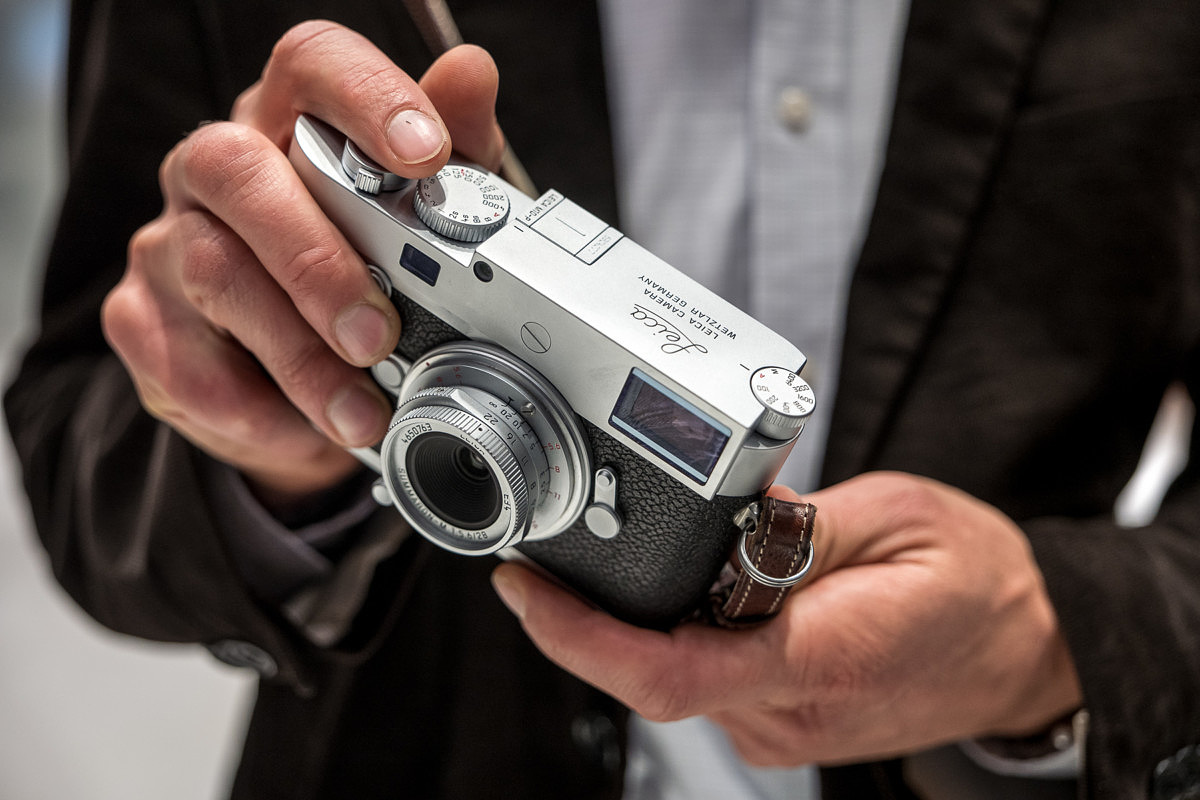
By David Farkas, LeicaStore Miami
The Leica M10-P was
announced a month ago, just ahead of Photokina. Like other ‘P’ models before
it, the camera is a refresh/upgrade to the stock M10. With the same 24
megapixel CMOS sensor and Maestro II image processor, image quality and
performance will be identical, but unlike previous ‘P’ models, this one has
some real hardware changes under the hood. The headlining feature has to be the
ultra-quiet mechanical shutter, which is incredibly discreet. In a causal
social setting or out on the street, you’d be hard pressed to actually hear
anything from three feet (1m) away. And, I’m not talking about in a loud bar or
club. I mean sitting in someone’s living room with a few friends, having some
wine and conversation.
We’ve also got a
touchscreen, a first for a Leica M, bringing it in line with other Leica camera
offerings like the SL, Q, CL and TL2. Also included is a virtual horizon, which
the M10 lacked. Cosmetically, classic script engraving graces the top plate and
there’s no red Leica dot on the front. You can read our full comparison of the
cameras here: Leica M10-P: Nearly Silent Shutter, Touchscreen
To hear about some of the
decisions that went into the changes, how the quiet shutter came to be and
maybe get some hints about the future of the M System, I sat down with M-System
product manager Jesko von Oeynhausen at the show.
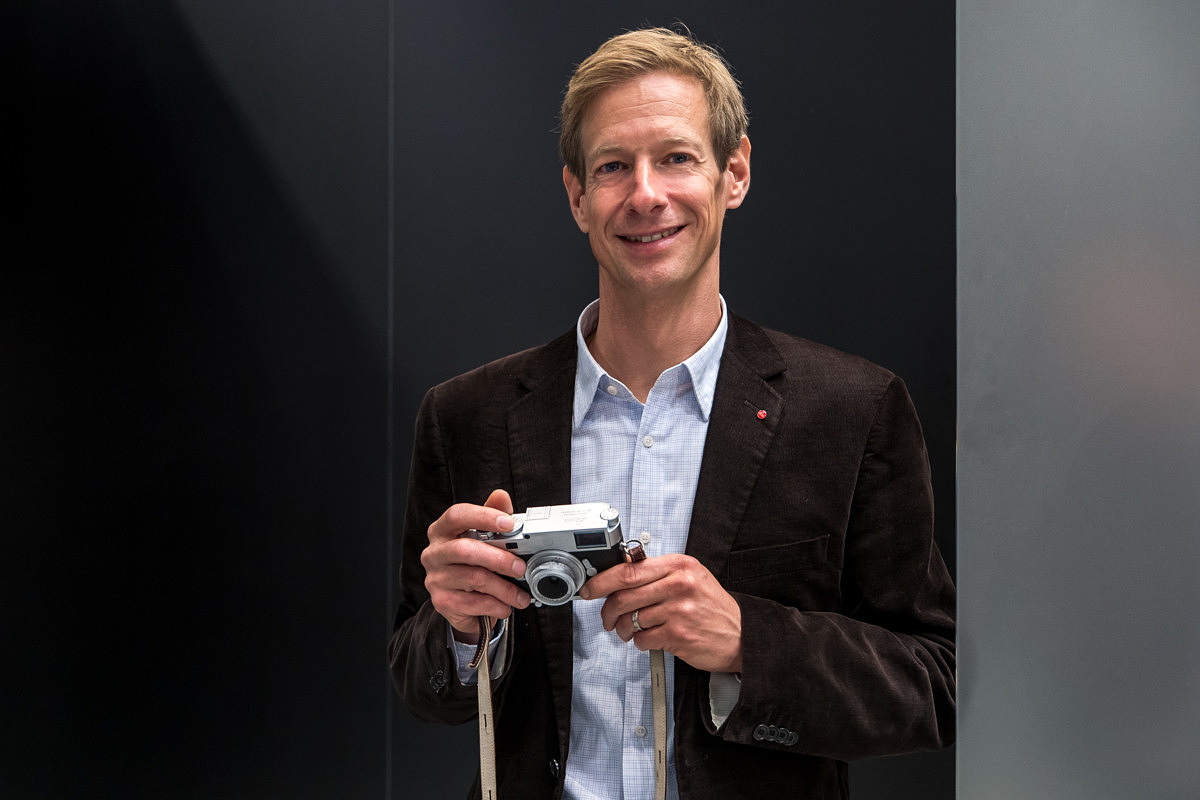
Jesko von Oeynhausen
DF: A lot of people have
asked me about if we’ll see an M10 Monochrom. Any hints?
JO: We don’t talk about
launch dates of future products, but I’ll just say that if it’s coming, it’s
still a ways off. The current Monochrom 246 is still very popular and produces
extraordinary image quality. The M246 has the same resolution sensor as the
M10, but because of the lack of interpolation, the 246 is still the best
quality for B&W photography.
Fair enough. Still doesn’t
mean we can dream, right? Alright, let’s talk about the M10-P. What was behind
the decision to do the ultra-quiet shutter?
Based on customer
feedback, we checked out the possibility to make the shutter really quiet. The
M10 is already very close to perfect, in our opinion. The design was inspired
by customer requests. After we addressed major requests like the thinner body,
improved ease of use, ISO dial, larger viewfinder, there wasn’t much be improved
on. We wanted to come out with a meaningful upgrade for our P version. So, we
started looking again to the customers to see what else we could update.
Requests for a quieter shutter came up frequently, so we looked into the
possibility to change the mechanical design of the shutter and body. The
shutter is already very discreet on the M10, but we found that it would be
possible to improve it.
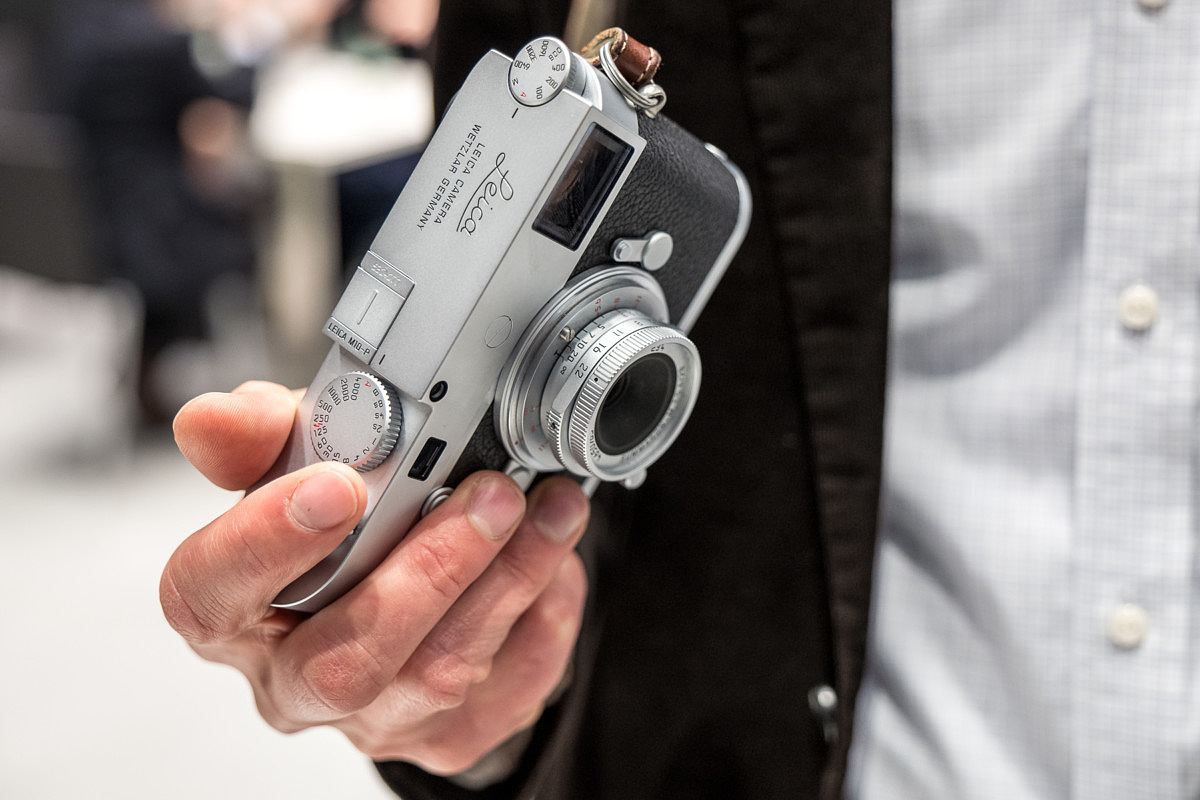
How were you able to
achieve such a quiet shutter in the same body compact size?
First, we started with a
new shutter mechanism which was already quieter. But this wasn’t enough. We
needed to re-engineer how the shutter is mounted in the camera to isolate
vibration. Here, we were able to use rubberized mounting techniques. This
prevents sound and vibration from transferring to the body.
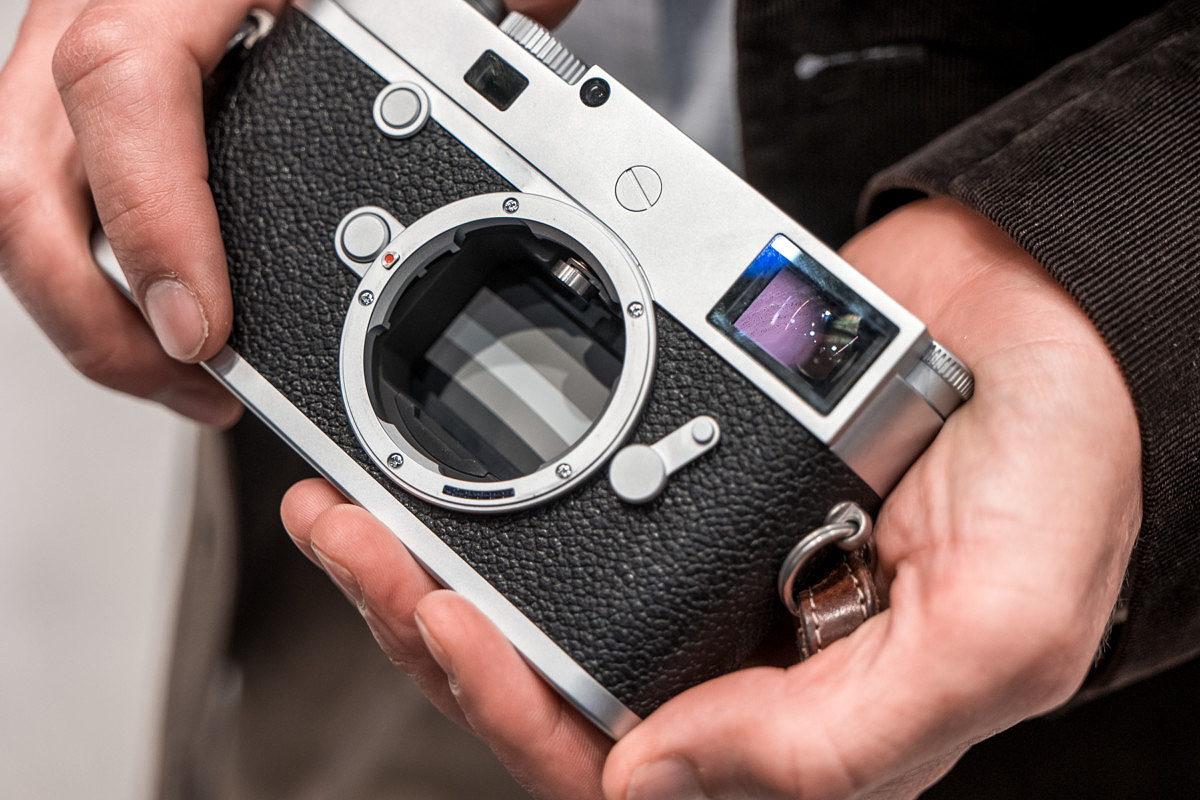
So, the mechanism and the
mounting were all that were necessary?
Almost. See, it’s not just
the sound and vibration. We also managed to reduce the higher frequencies which
makes the sound softer overall. This was like a kind of tuning. And it makes
the sound much more subtle and discreet.
Why did you choose to add
a touchscreen into the M10-P?
The technology was there
and we thought it could make picture taking more efficient, especially for
checking focus in live view and playback. It also adds consistency across the
product portfolio. Now, the M10-P, SL, TL2, CL, and Q all have the same
playback experience.
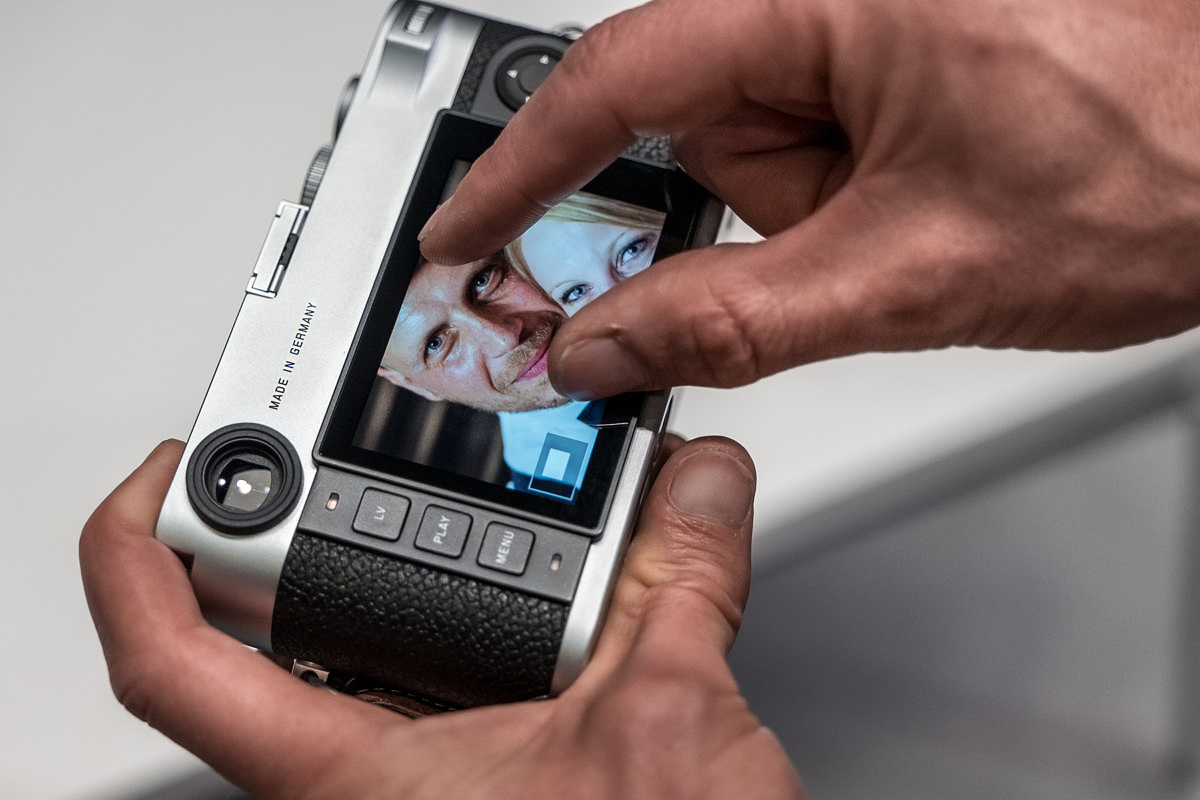
The touchscreen responds
to pinch-to-zoom, as well as double-tapping for 100% review
Did you worry that some
users might view a touchscreen as being not M-like?
It was important to us
that the touchscreen doesn’t take away from the M experience, as every function
with buttons still remains. The touchscreen just adds another option. And so
far, we haven’t heard any negative feedback.
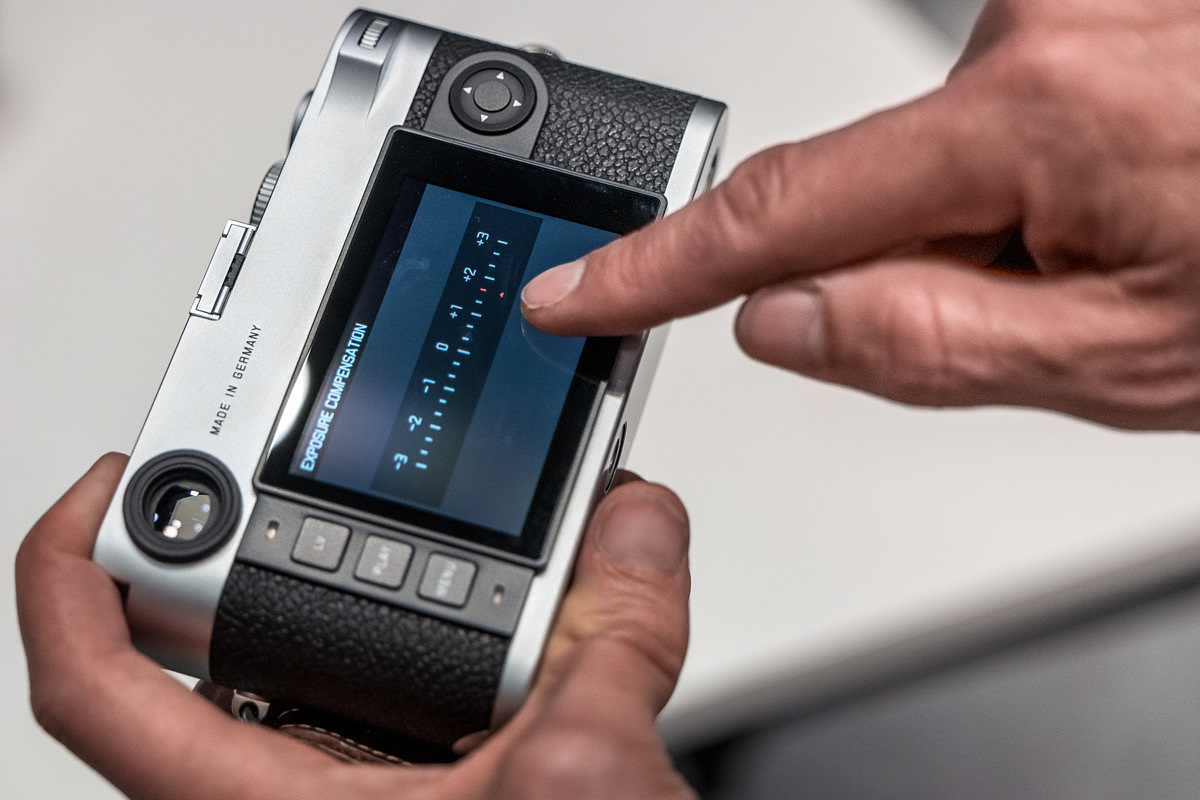
Some controls like
exposure compensation work with both the rear dial and touchscreen
Why not black paint?
Wow, you are maybe the
fourth person to ask me this today! We have chosen black chrome again from the
M10 because it has been well received. The matte finish and robustness pair
well with the camera. Now you have work extra hard to get the same patina like
you would with paint.
Is it possible to upgrade
an M10 to an M10-P?
We are evaluating if there
can be an attractive upgrade program, as we offered from M9 to M9-P. But, as I
mentioned, it’s not just the shutter. An upgrade would also require
modification of the main body which makes the process very expensive. So, if
the cost to the end customer is too great, an upgrade program might not be the
most economical approach. Ultimately, we want what is best for our M
photographers. We will see.

Will Leica offer the M10
in an a la carte program?
We don’t have plans for
this at the moment.
Let’s move on to M lenses.
The 75mm Noctilux is an incredible lens, but it is still so heavily backordered
and hard to get. Any chance this will improve?
The 75mm Noctilux has been
very well received in market. We know that people are still waiting to receive
them. But the lens is extremely challenging to produce. Because of the design
criteria you need a very high level of
precision, and we have such tight tolerances and specifications that it’s a
real challenge to get all the components in the quantities we need from our
suppliers. Of course, we’re working on this and will try to improve the
situation. But we will not sacrifice final quality just to make more.
It seems like the M lens
line up is so complete. Is there any room for improvement or additional lenses?
The success of modern
lenses that perform outstandingly well versus the competition, as well as
classic Leica designs, makes us believe that new lenses which open a new level
of performance are worth exploring. Higher resolution sensors in the future
might require even better lenses than what’s available now. Full frame lenses
want to be used with full open aperture to show their technical advantage with
shallow depth of field and extreme sharpness. This is one of Leica’s strengths
in optical design.
Any specific lenses you
have mind? More additions to the Noctilux line, perhaps?
Like I said, we don’t like
to talk about future or possible products.
Well, it was worth a shot.
Thanks so much for talking with me, Jesko.
My pleasure.

For other articles on this blog please click on Blog Archive in the column to the right
To comment or to read comments please scroll past the ads below.
All ads present items of interest to Leica owners.
__________________________________________________________________________
For other articles on this blog please click on Blog Archive in the column to the right
To comment or to read comments please scroll past the ads below.
All ads present items of interest to Leica owners.
__________________________________________________________________________

Buy vintage Leica cameras from
America's premier Leica specialist
http://www.tamarkinauctions.com/ http://www.tamarkin.com/leicagallery/upcoming-show

Buy vintage Leica cameras from
America's premier Leica specialist
http://www.tamarkinauctions.com/ http://www.tamarkin.com/leicagallery/upcoming-show
Click on image to enlarge
Order: info@gmpphoto.com
Please make payment via PayPal to GMP Photography
Click on image to enlarge
Order: info@gmpphoto.com
Click on image to enlarge
Order: info@gmpphoto.com
Click on image to enlarge
Order: info@gmpphoto.com
Please make payment via PayPal to GMP Photography
Click on image to enlarge
Order: info@gmpphoto.com
Please make payment via PayPal to GMP Photography
Click on image to enlarge
Order: info@gmpphoto.com
Please make payment via PayPal to GMP Photography














No comments:
Post a Comment